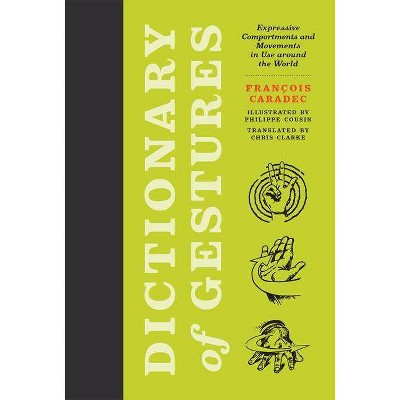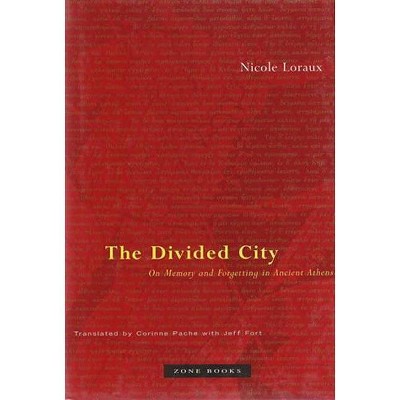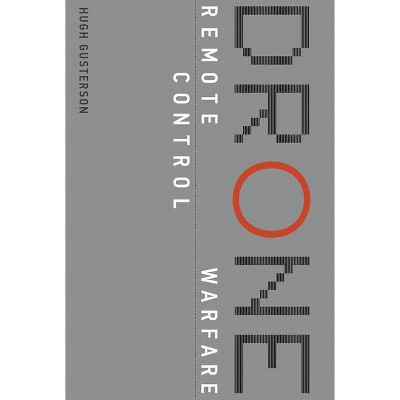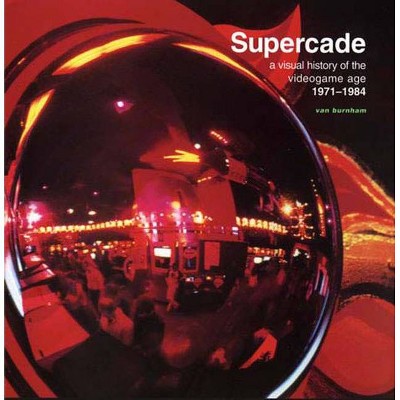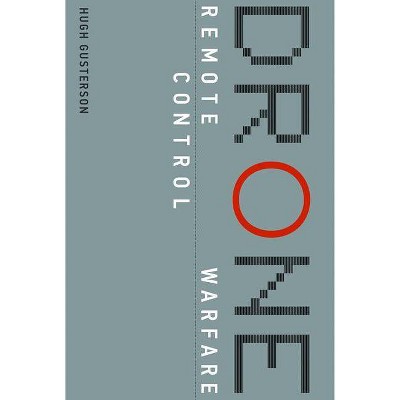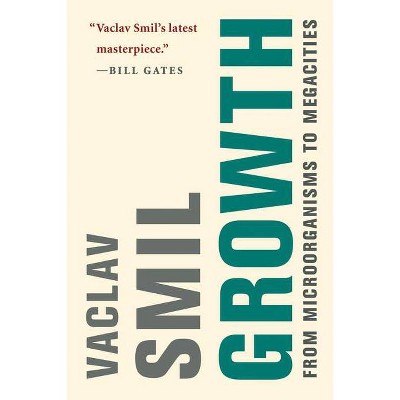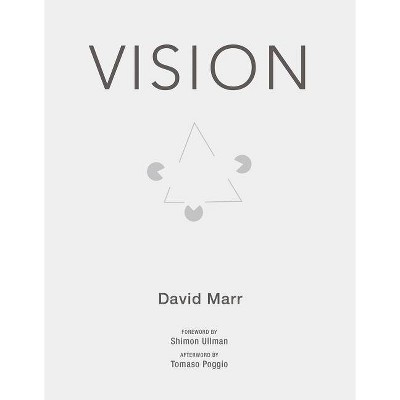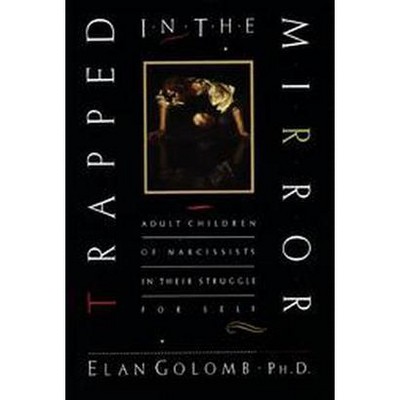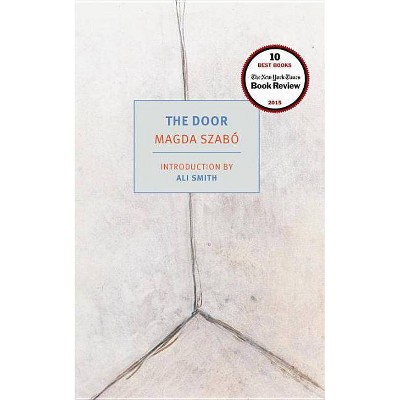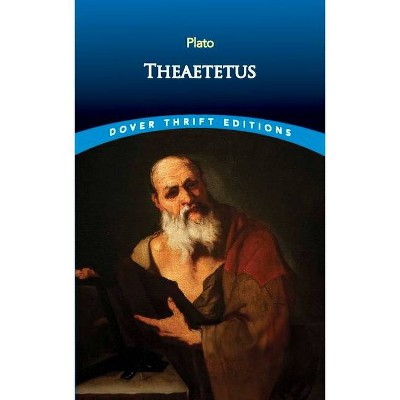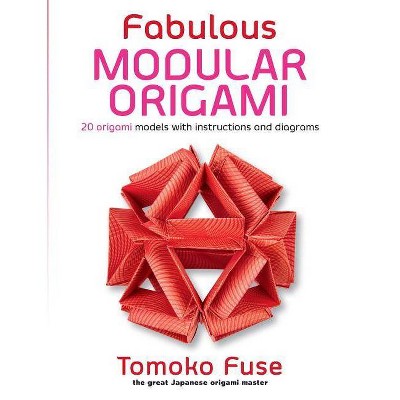Siteless - (Mit Press) by Francois Blanciak (Paperback)
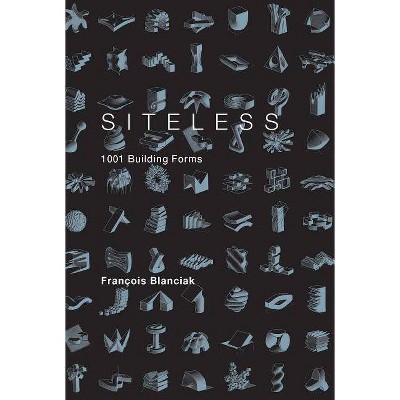
Similar Products
Products of same category from the store
AllProduct info
<p/><br></br><p><b> About the Book </b></p></br></br>An attempt to free architecture from site and program constraints and to counter the profusion of ever bigger architecture books with ever smaller content.<p/><br></br><p><b> Book Synopsis </b></p></br></br><b>An attempt to free architecture from site and program constraints and to counter the profusion of ever bigger architecture books with ever smaller content.</b><p>Some may call it the first manifesto of the twenty-first century, for it lays down a new way to think about architecture. Others may think of it as the last architectural treatise, for it provides a discursive container for ideas that would otherwise be lost. Whatever genre it belongs to, <i>SITELESS</i> is a new kind of architecture book that seems to have come out of nowhere. Its author, a young French architect practicing in Tokyo, admits he "didn't do this out of reverence toward architecture, but rather out of a profound boredom with the discipline, as a sort of compulsive reaction." What would happen if architects liberated their minds from the constraints of site, program, and budget? he asks. The result is a book that is saturated with forms, and as free of words as any architecture book the MIT Press has ever published.</p><p>The 1001 building forms in <i>SITELESS</i> include structural parasites, chain link towers, ball bearing floors, corrugated corners, exponential balconies, radial facades, crawling frames, forensic housing--and other architectural ideas that may require construction techniques not yet developed and a relation to gravity not yet achieved. <i>SITELESS</i> presents an open-ended compendium of visual ideas for the architectural imagination to draw from. The forms, drawn freehand (to avoid software-specific shapes) but from a constant viewing angle, are presented twelve to a page, with no scale, order, or end to the series. After setting down 1001 forms in siteless conditions and embryonic stages, Blanciak takes one of the forms and performs a "scale test," showing what happens when one of these fantastic ideas is subjected to the actual constraints of a site in central Tokyo. The book ends by illustrating the potential of these shapes to morph into actual building proportions. </p><p/><br></br><p><b> Review Quotes </b></p></br></br><br>Imagine <i>Learning from Las Vegas</i> as illustrated by Chris Ware, and you'll get a sense of François Blanciak's marvelously inventive new book.--<i>Metropolis</i>--<br><p>In <i>Siteless: 1001 Building Forms</i>, French architect François Blanciak surrenders the usual anchors of function and site for an exercise in pure form. His astoundingly imaginative 1,001 designs could challenge architects and engineers for decades.</p>--<i>Santa Fe New Mexican</i>--<br><p/><br></br><p><b> About the Author </b></p></br></br>François Blanciak is an architect and Research Fellow at the University of Tokyo. He has worked for architectural firms in Los Angeles, Copenhagen, Hong Kong, and New York, with such architects as Frank Gehry and Peter Eisenman.
Price History
Cheapest price in the interval: 11.99 on March 10, 2021
Most expensive price in the interval: 17.69 on December 20, 2021
Price Archive shows prices from various stores, lets you see history and find the cheapest. There is no actual sale on the website. For all support, inquiry and suggestion messagescommunication@pricearchive.us
